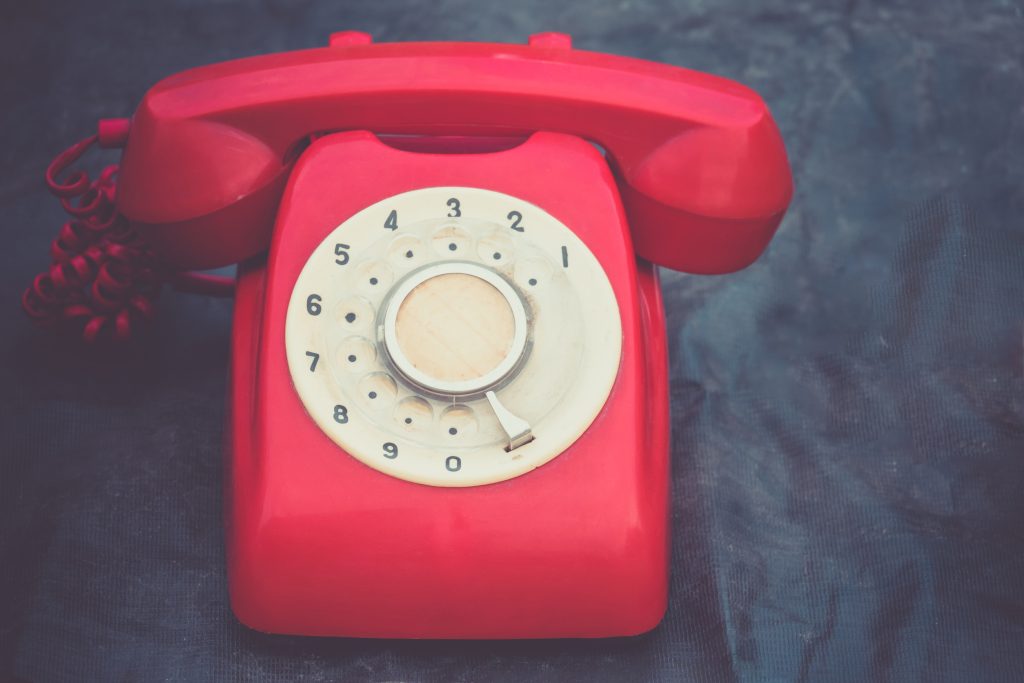
The 1980s, with its neon lights, big hair, and mix tapes, feels like another world compared to today’s digital age. Over the last four decades, technology, culture, and daily life have undergone dramatic transformations. The differences are startling and remind us how quickly the world evolves. Let’s take a nostalgic dive into 10 major contrasts between the 1980s and today.
1. Communication: From Landlines to Smartphones
In the ’80s, staying connected meant using a landline phone, and answering machines were cutting-edge tech. Today, smartphones put the world in our pockets. We send texts, video call loved ones, and scroll endlessly through social media—all things unimaginable back then. The shift has redefined how we stay in touch with friends and family.
2. Entertainment: VHS Tapes vs. Streaming Services
Going to the video rental store was a cherished weekend ritual in the ’80s. Fast forward to now, and streaming platforms have made entertainment instantaneous. Instead of rewinding VHS tapes, we binge-watch shows or movies on-demand, often skipping opening credits entirely. The way we consume media has gone through a total revolution.
3. Fashion Trends: Neon vs. Athleisure
The ’80s were defined by bold fashion choices—think shoulder pads, leg warmers, and vibrant neon colors. Today’s fashion leans toward comfort, with athleisure reigning supreme. While trends continue to recycle, the shift toward functional and minimalist styles is a clear contrast to the over-the-top aesthetic of the ’80s.
4. Technology: Analog Gadgets to Smart Devices
The ’80s boasted iconic tech like the Walkman, boomboxes, and arcade machines. Modern gadgets like smartwatches, wireless earbuds, and virtual assistants have replaced them. Devices are no longer single-function—they’re multifunctional powerhouses designed to simplify every aspect of our lives. The leap in technology is staggering.
5. Work Life: Typewriters to Remote Work
In the 1980s, offices were filled with the clatter of typewriters and stacks of paper. Today, laptops, cloud storage, and remote work dominate. The pandemic accelerated the shift to working from home, something that would have been nearly impossible with 1980s technology. Work-life balance and flexibility look very different now.
6. Parenting Styles: Free-Range Kids to Helicopter Parenting
In the ’80s, kids often roamed the neighborhood unsupervised until the streetlights came on. Parents today are more likely to closely monitor their children’s activities and maintain constant contact through cell phones. While both approaches have pros and cons, the change reflects evolving societal norms and safety concerns.
7. Shopping: Malls vs. Online Shopping
The mall was a social hub in the ’80s—a place to hang out, try on clothes, and grab a bite. Now, online shopping has transformed the experience. With just a few clicks, we can have items delivered to our doorsteps without ever leaving home. The convenience is undeniable, but the communal aspect of shopping has dwindled.
8. Music: Mixtapes to Streaming Playlists

Making a mixtape in the ’80s took time, effort, and blank cassettes. Today, creating a playlist is as simple as a few taps on a screen. Music streaming services have made access to songs limitless, but the personal touch of crafting a mixtape has become a nostalgic relic of the past.
9. Social Interaction: In-Person vs. Digital
Socializing in the ’80s meant face-to-face conversations, meeting friends at the arcade, or chatting over the phone. Now, social media has become the cornerstone of interaction. While it helps people stay connected across the globe, it also raises questions about the quality of digital relationships compared to in-person connections.
10. News and Information: Newspapers to Instant Updates
Morning newspapers and evening news broadcasts were the primary sources of information in the ’80s. Today, news is instantaneous, available 24/7 on our phones through apps, websites, or social media. While the speed of information is a marvel, the constant flow can sometimes feel overwhelming.
The 80s and Today Couldn’t Be More Different
The 1980s and today couldn’t be more different, yet both eras have their unique charm. The rapid pace of change offers incredible opportunities but also challenges us to adapt. Reflecting on these contrasts reminds us of how far we’ve come and how much more there is to explore.
What changes stand out the most to you? Are there anythings you wish would come back? Share your thoughts in the comments below!
Read More:
Feast for Less: 8 Satisfying Meals to Make for Under $10
New City, New Life? 9 Financial Struggles You’ll Face (And How to Survive Them)

Latrice is a dedicated professional with a rich background in social work, complemented by an Associate Degree in the field. Her journey has been uniquely shaped by the rewarding experience of being a stay-at-home mom to her two children, aged 13 and 5. This role has not only been a testament to her commitment to family but has also provided her with invaluable life lessons and insights.
As a mother, Latrice has embraced the opportunity to educate her children on essential life skills, with a special focus on financial literacy, the nuances of life, and the importance of inner peace.


























